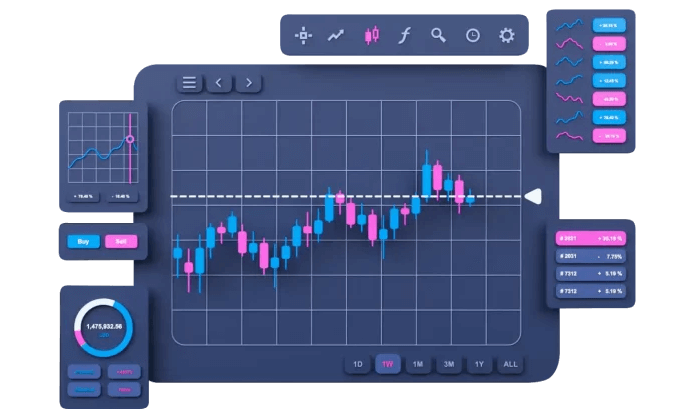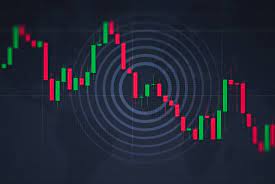
immediate vortex trading is a dynamic approach in financial markets that leverages rapid fluctuations and volatile price movements to secure profits. This trading strategy, often employed by seasoned traders and algorithmic trading systems, requires a keen understanding of market mechanics, quick decision-making, and precise execution.
At its core, Immediate Vortex Trading capitalizes on the natural ebb and flow of market prices. These price movements, akin to vortices, are driven by a multitude of factors including economic data releases, geopolitical events, and market sentiment. Traders who specialize in this approach monitor these factors closely, looking for signs of impending price shifts. The goal is to enter and exit trades swiftly, often within minutes or even seconds, to exploit these brief but significant market swings.
One of the critical tools for Immediate Vortex Trading is technical analysis. Traders utilize charts and various indicators, such as moving averages, Relative Strength Index (RSI), and Bollinger Bands, to identify potential entry and exit points. The vortex indicator, in particular, is designed to detect the start of new trends and reversals, making it an essential tool in this strategy. By measuring the relationship between positive and negative price movements, the vortex indicator helps traders anticipate market turns and position themselves accordingly.
Risk management is paramount in Immediate Vortex Trading. The high-frequency nature of this strategy means that while the potential for profit is significant, so too is the risk of substantial losses. Traders must employ strict stop-loss orders and position sizing rules to protect their capital. Additionally, the use of automated trading systems can enhance the efficiency and accuracy of trade executions, reducing the likelihood of human error.
In conclusion, Immediate Vortex Trading offers a thrilling and potentially lucrative avenue for those equipped with the right tools and mindset. By understanding the intricacies of market movements and maintaining disciplined risk management, traders can navigate the market’s swirling currents with precision and confidence.


